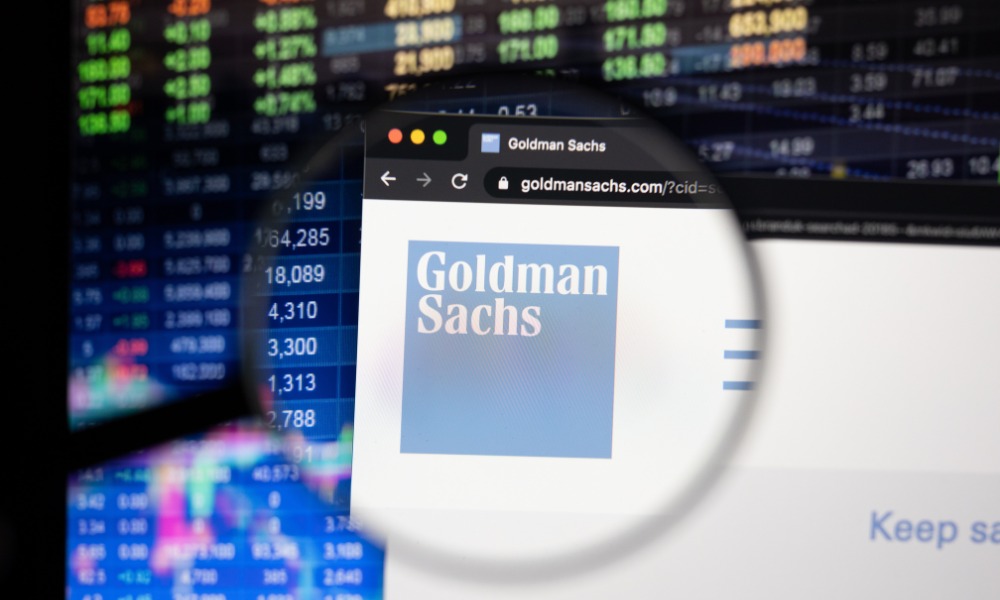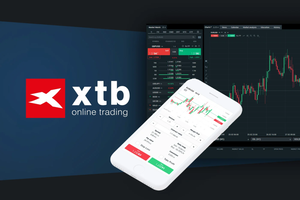Goldman Sachs has revealed a radical shift in its future outlook for the euro-dollar pair, expecting that the weakness of the US dollar will continue in the coming period, indicating the end of the American exceptionalism phase that had supported the dollar over the past two years.
In a recent report, the bank confirmed that what was previously considered a risk scenario – represented by the decline of the United States' economic supremacy – has now become the baseline expectation. Goldman Sachs believes that the weakness of the US economic fundamentals will erode the strength of the dollar against major currencies, with the euro at the forefront.
The report indicated that the strength of the dollar in recent years was driven by the superiority of US economic growth and foreign capital inflows into US markets; however, these factors have begun to decline, increasing downward pressures on the dollar and negatively impacting its attractiveness in global markets.
Based on this shift in expectations, the American bank notably raised its forecasts for the euro-dollar exchange rate, predicting that the pair will reach 1.12 within three months, 1.15 in six months, and rise to 1.20 within 12 months. This is a significant adjustment compared to previous forecasts, which indicated levels of 1.07, 1.05, and 1.02, respectively.
The bank added that the euro is among the major beneficiaries of this shift, likely continuing to gain against the dollar amid current economic and financial transformations. It also noted that the trade war affecting global markets could contribute to weakening the dollar in the medium to long term, enhancing the prospects for competing currencies.
Goldman Sachs concluded its report by emphasizing that the market is witnessing a structural shift in foreign currency trends, with the dollar gradually retreating from its leading position, while new opportunities are arising for the euro and other major currencies in the global economic landscape.













